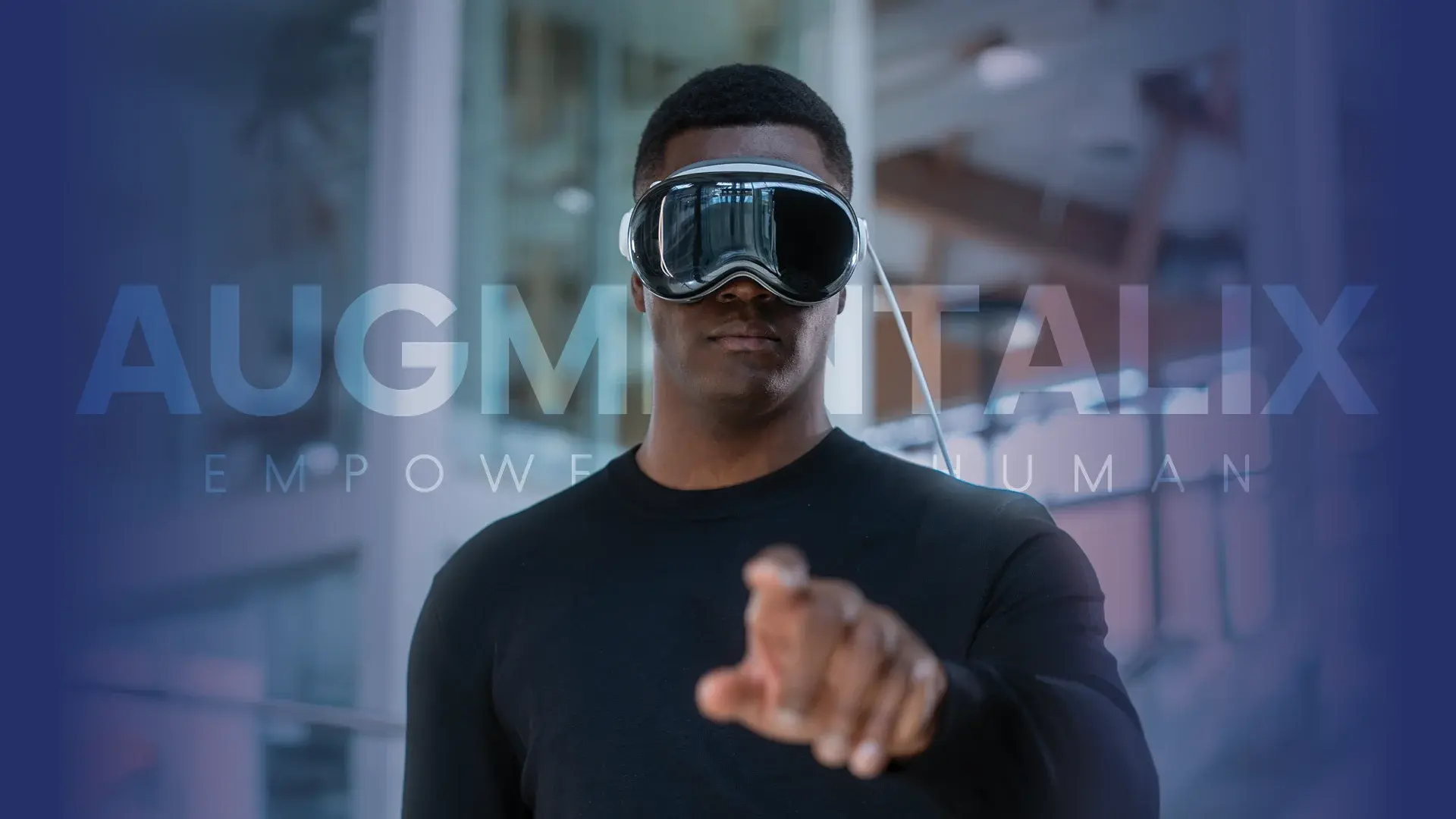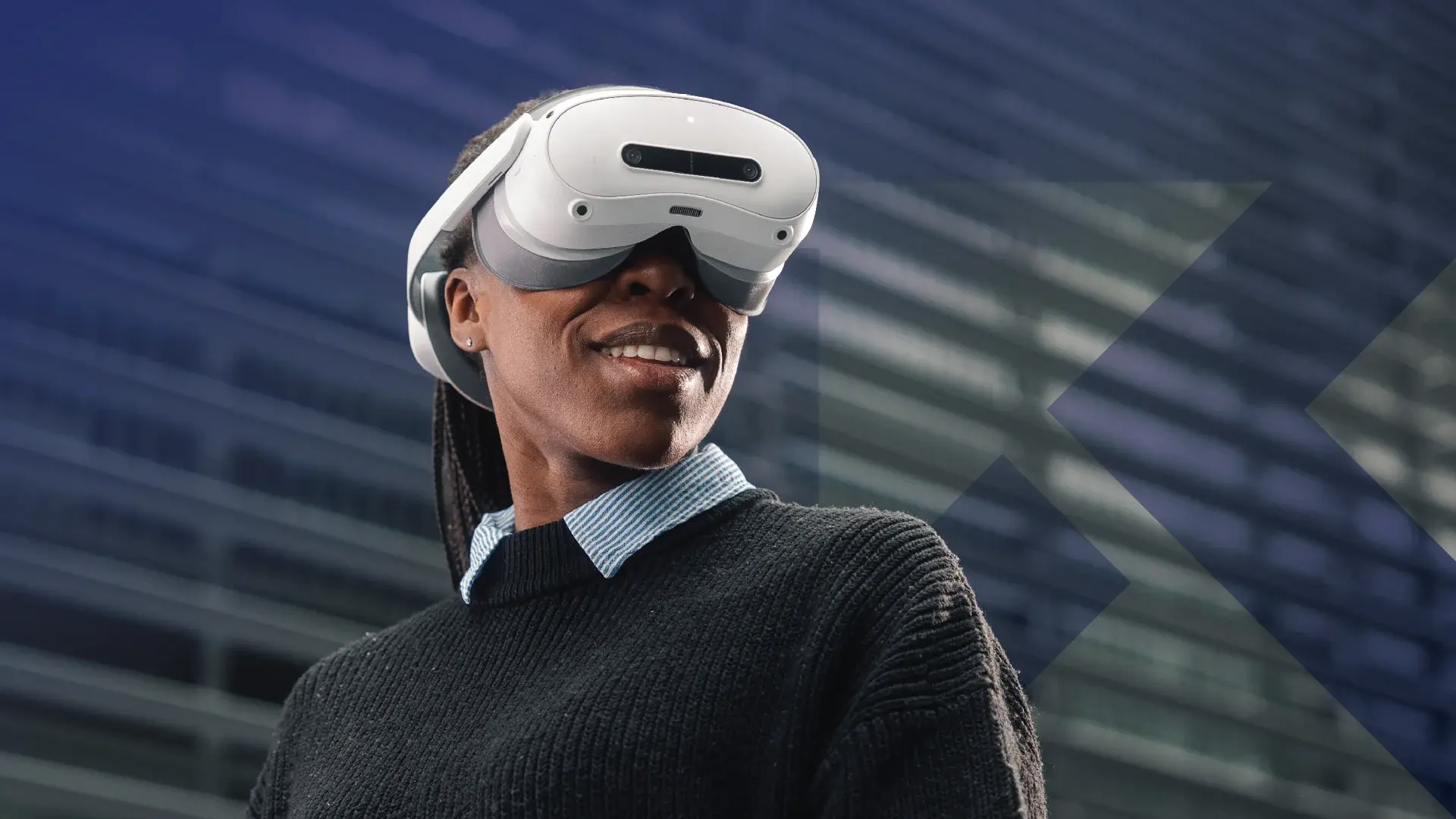Employees of the critical infrastructure and chemical storage terminal Attilio Carmagnani completed their first augmented reality training – a measure of the EU Horizon 2020 InfraStress project to increase the situational awareness of employees in case of emergency. Together with the consortium partners Attilio Carmagnani and STAM, Holo-Light further elaborated its AR training solution and received valuable feedback from end users.
Critical infrastructures (CRITIS) such as the chemical storage terminal of Attilio Carmagnani are of central importance to our modern society. Very high demands are placed on their operational security as failures or impairments of CRITIS can have serious consequences. For example, terrorist or drone attacks on assets of the chemical sector could pose severe risks to public health and safety.
However, maintaining the operational safety of these infrastructures presents a challenge. Due to cyber-physical threats critical infrastructures are exposed to an increasing potential of danger and keeping up with security issues has become more difficult in the last years.

About EU Horizon 2020: InfraStress
The Horizon 2020 project InfraStress has taken on this challenge and aims to create protection in the form of innovative technology. A consortium of 27 partners from 11 countries started to work on developed methods to improve the cyber-physical security and developed an open testbed stress-testing system. Augmented reality training is one part of InfraStress’ set of measures.
“By using augmented reality and smart glasses, we work on a better assessment of these critical and industrial environments. Via AR operators and workers can be trained, how to clamp down on cyber-physical threats and hazards,” states Alexander Werlberger, CTO at Holo-Light. “The collaboration with our partners Attilio Carmagnani and STAM was very enriching: we learned a lot from each other and created a very customized solution for industrial requirements.”
Emergency Training with Augmented Reality
Situational awareness is crucial in case of emergency. Every action must be right. With AR personnel can be trained through real-time simulations. It prepares team members to make critical decisions on the spot and to have realistic experiences without endangering anyone.
Irene Bonetti, Terminal Director of Attilio Carmagnani affirms: “During training we have to imagine fire or liquids. With the AR training solution on HoloLens 2 we can really see it and understand how the chemicals will behave. Also, the fact that AR trainings can be executed one-by-one multiple times helps us to prepare in a better way.”
Conclusion
As governments and enterprises see the potential of improving disaster response skills with augmented reality, analysts expect a rise of AR training solutions in the public sector. Also, the increased roll-out of 5G networks will have a positive influence on its further spread. Ultra-high bandwidths and low latency as well as the increasing deployment and acceptance of cloud and edge computing will power digital transformation through XR (an umbrella term for all immersive technologies).

Augmentalix Joins Hololight as Official Reseller for the French Market
Ismaning, Germany – October 14, 2025–Hololight, the leading specialist in XR streaming technology and AR/VR software for the enterprise market,...
 Sandro Sailer
Sandro Sailer

